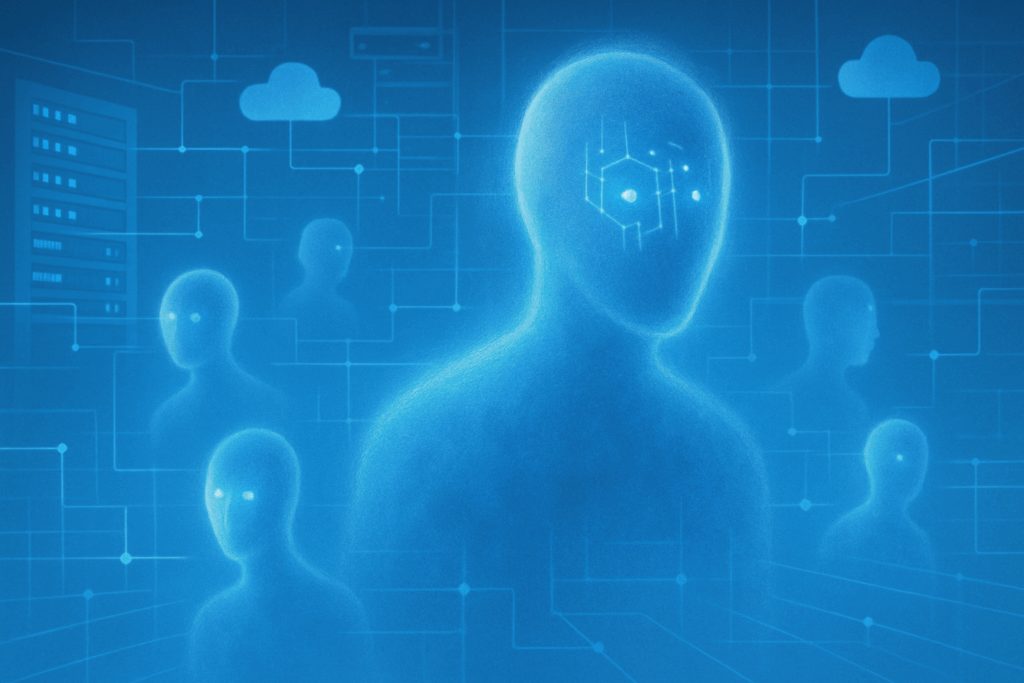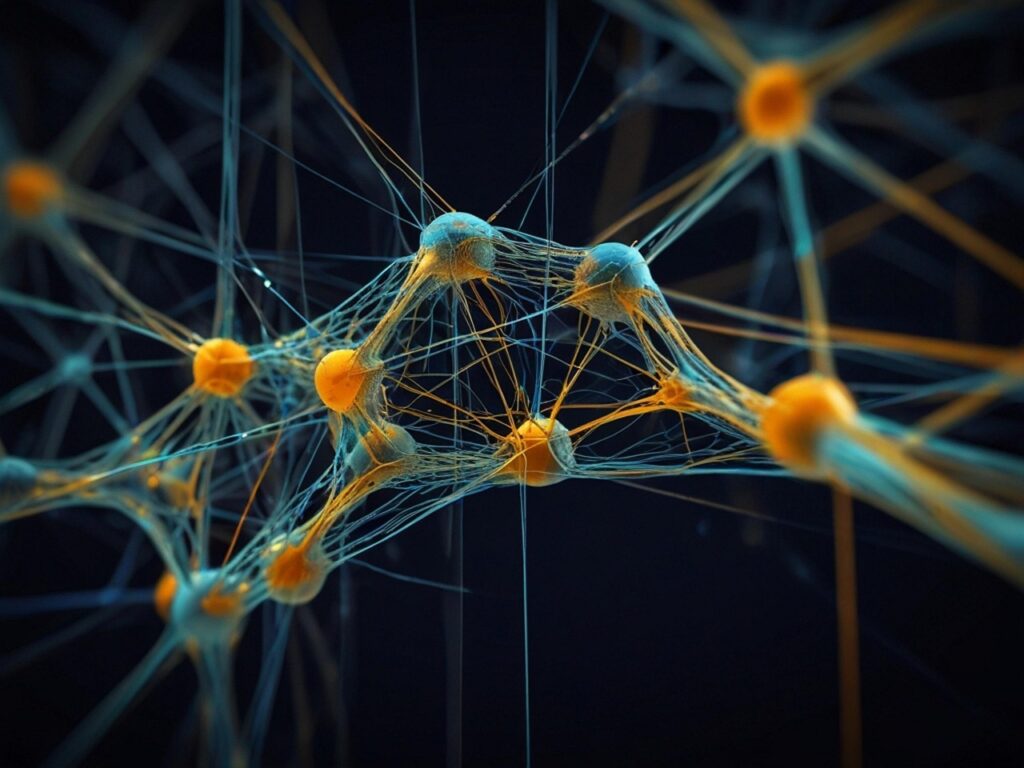Artificial intelligence (AI) became an exciting topic for discussion among healthcare professionals in recent years. As this industry faces both the shortage of healthcare workforce and growing demands from patients, hospitals are now encountering some serious challenges.
As estimated by the World Health Organization, the world can be short of about 9.9 million healthcare employees by 2030. It’s not surprising that healthcare professionals are trying to solve those problems with emerging technologies like AI and machine learning.
AI’s Potential to Fill the Gap
Integrating AI into healthcare requires expertise from both healthcare professionals and AI consulting companies like Iflexion, among others. With a modest training, a person with AI expertise has the potential to become a frontline healthcare worker.
Kaveh Safavi of Accenture states that this is already happening in emerging markets like Southeast Asia. Professionals from other technology-related industries were provided with light medical training and smart devices. Then, they were able to examine patients’ wounds and make decisions as to whether they need to be further inspected by an expert. Without AI-powered smart devices, this transformation wouldn’t be possible.
RPA
One of the ways AI can benefit the healthcare workforce is through Robotic Process Automation (RPA). Although RPA is not entirely part of AI technologies, combining the two can result in solutions that either completely automate some of the processes or assist healthcare workers in performing some tasks.
RPA may help hospitals to reduce staffing costs by automating such processes as billing, patient onboarding, patient scheduling, and inventory management.
Data Analysis
Healthcare involves analysis of overwhelming amounts of data for making informed clinical decisions. It’s an exciting time for artificial intelligence to shine because healthcare professionals have access to an unprecedented amount of data sources. This includes millions of patients’ medical records and medical wearables like blood pressure monitors, sleep trackers, biosensors, etc. It is estimated that starting from 2020 medical data will be doubling every 73 days.
The ongoing challenge in healthcare is that at least 80% of data is unstructured and scattered across multiple sources. This includes textual data like physicians’ handwritten notes, data from medical imaging devices like endoscopes, and data from both verbal and nonverbal communication between staff and patients. It would take an enormous number of human-hours and resources to analyze and make use of that data. AI-powered technologies like natural language processing can make it possible to severely reduce those costs.
Disease Prevention and Efficiency
One of the biggest challenges of healthcare is a growing demand for services among the aging population. It is estimated that in 40 years the average life expectancy will be about 80 years. This healthcare demand is also likely to result in insufficient government funding of the sector.
Thus, this industry needs solutions for reducing costs in the long run and making workflows more efficient. It might be the time for healthcare to shift focus from crisis management and hospitalization to the prevention of diseases.
One way to prevent diseases involves making the elderly generation stay longer at their homes without sacrificing the benefits of hospital stay. AI applications in combination with wearable medical devices will be able to monitor patients’ health 24/7 and send this data to healthcare professionals. Harvard Business Review estimates that AI-powered assistants could save $20 billion annually by saving nurses’ time spent on communicating with patients.
For example, AI-powered virtual nurse assistant Molly developed by Sensely can interact with patients, evaluate their symptoms, and help them find the most effective healthcare facility for their needs.
Here are some more examples of how AI can reduce healthcare costs and increase productivity.
The largest public hospital in Atlanta reports saving $4 million on reduced readmission rates thanks to the AI-powered tool that automatically detects patients with a high risk of readmission.
Google in partnership with Moorfields Eye Hospital has developed an AI tool that can identify over 50 sight-threatening eye diseases with an unprecedented accuracy. Not only this technology can automatically detect diseases in a matter of seconds, but it can also decide which patients need urgent care.
The AI software developed by Houston Methodist Research Institute is able to interpret mammograms 30 times faster than humans, with a 99% accuracy. Mammograms are frequently used to predict breast cancer risks, and according to the American Cancer Society nearly half of the women in the US are falsely diagnosed with this disease.
AI Adoption Challenges
Trust issues
A study conducted by Intel reveals that 54% of healthcare professionals believe that AI will be responsible for fatal errors. Considering AI’s relatively early stages of adoption in healthcare, this statistic is not surprising. Moreover, besides trust issues, the root of the problem lies in the black-box nature of AI algorithms.
If a particular AI decision affects a patient, who is responsible for that? Can users of that tool identify what has led the AI to make that harmful decision and prevent it in the future? Both of those questions don’t have definitive answers. For now, AI can’t explain why specific treatment is recommended, which is only adds to patients’ confusion.
The only foreseeable solution to this problem is that healthcare providers need to be transparent about their approach with patients. Operators of AI must explain what this technology can and can’t do, its limitations, possible drawbacks, and its data sources. Employee training programs, specific education, and general awareness programs for the new technology should be on top of the priority list to make AI adoption a reality.
Regulatory Approval
Besides the least surprising trust issues, AI is also facing regulation issues. This September, the FDA released an update of their policies that also describes how AI-powered software will be regulated. In a consequential statement, the FDA’s principal deputy commissioner explained that the agency will focus its oversight on clinical decision support (CDS) software, which is set to identify patients with critical health circumstances. Other AI-powered tools that fall into the “higher-risk” oversight category will be the ones that can’t explain the reasoning behind their medical decisions.
There are not so many ways to approach this hurdle, besides having a clear development roadmap and ensuring that software can be understandable by doctors.
Cumulative Effort is The Answer
There is no doubt that artificial intelligence has all the potential to make the healthcare workforce more productive and efficient. However, it will take much effort of clinicians, employees, senior executives, and vendors to successfully integrate AI into hospitals’ workflows. Most importantly, healthcare professionals need to realize that the biggest forthcoming change is not technology penetration, but the shift from the crisis management system to that of disease prevention.
Industry leaders need to embrace AI and create an environment where every nurse and doctor understands AI capabilities and limitations and supports it. Those integrating AI should also understand that this technology is designed to collaborate with people rather than to replace them. AI is set to change the industry, but human emotional intelligence and compassion will remain the cornerstones of healthcare.
- How AI Can Reshape Healthcare Workforce - June 16, 2020




Comments are closed.